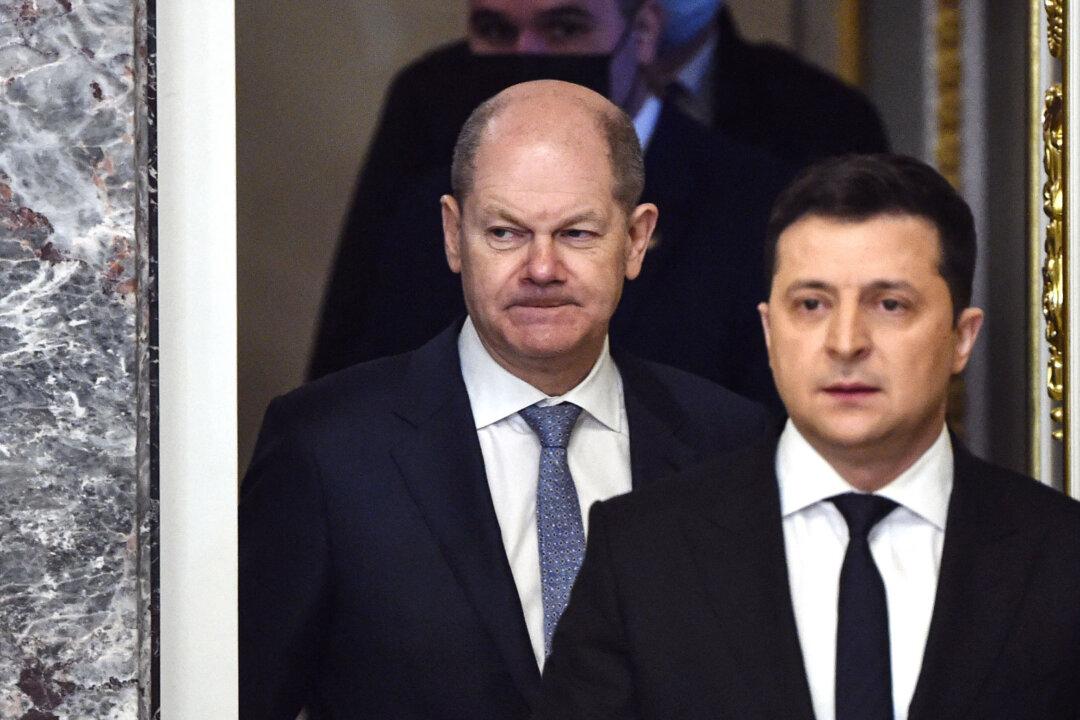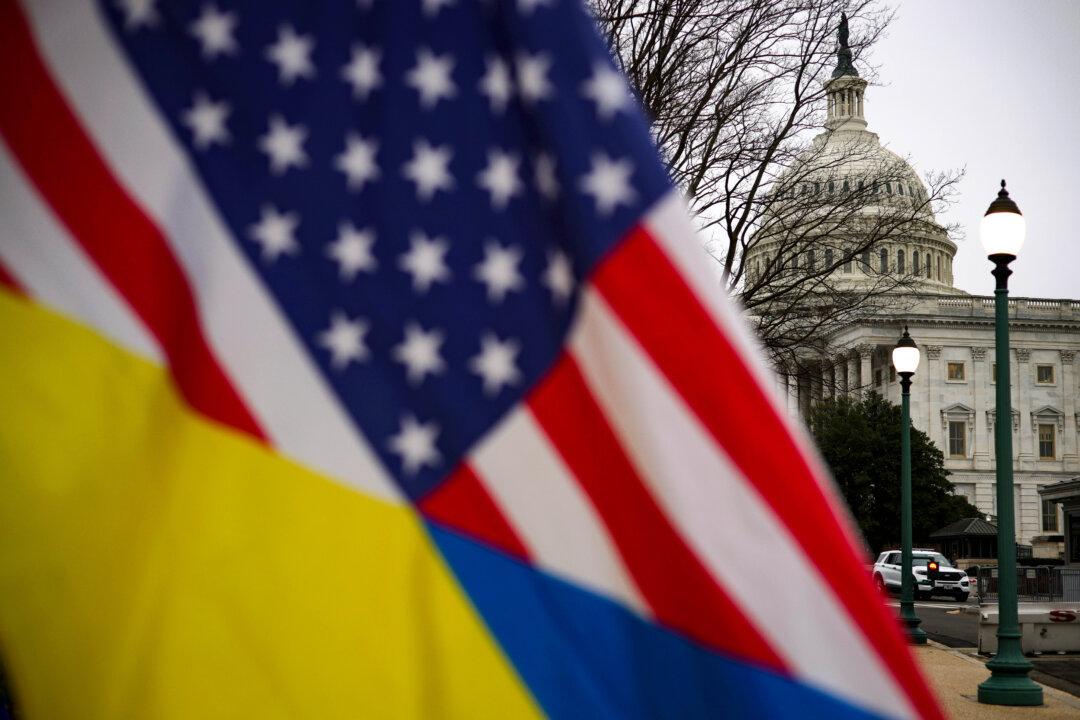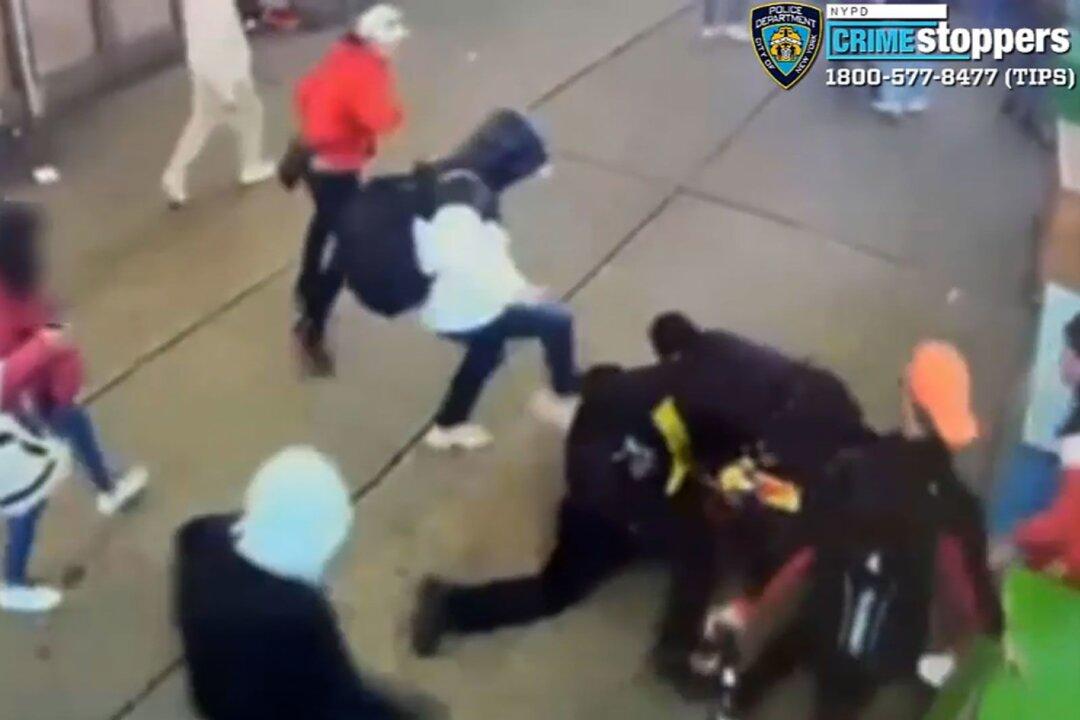Germany will provide anti-tank weapons and surface-to-air missiles to Ukraine, German Chancellor Olaf Scholz announced Saturday.
“The Russian attack marks a turning point. It is our duty to do our best to help Ukraine defend against the invading army of Putin. That’s why we’re supplying 1,000 anti-tank weapons and 500 Stinger missiles to our friends in Ukraine,” he wrote in a Twitter post.





